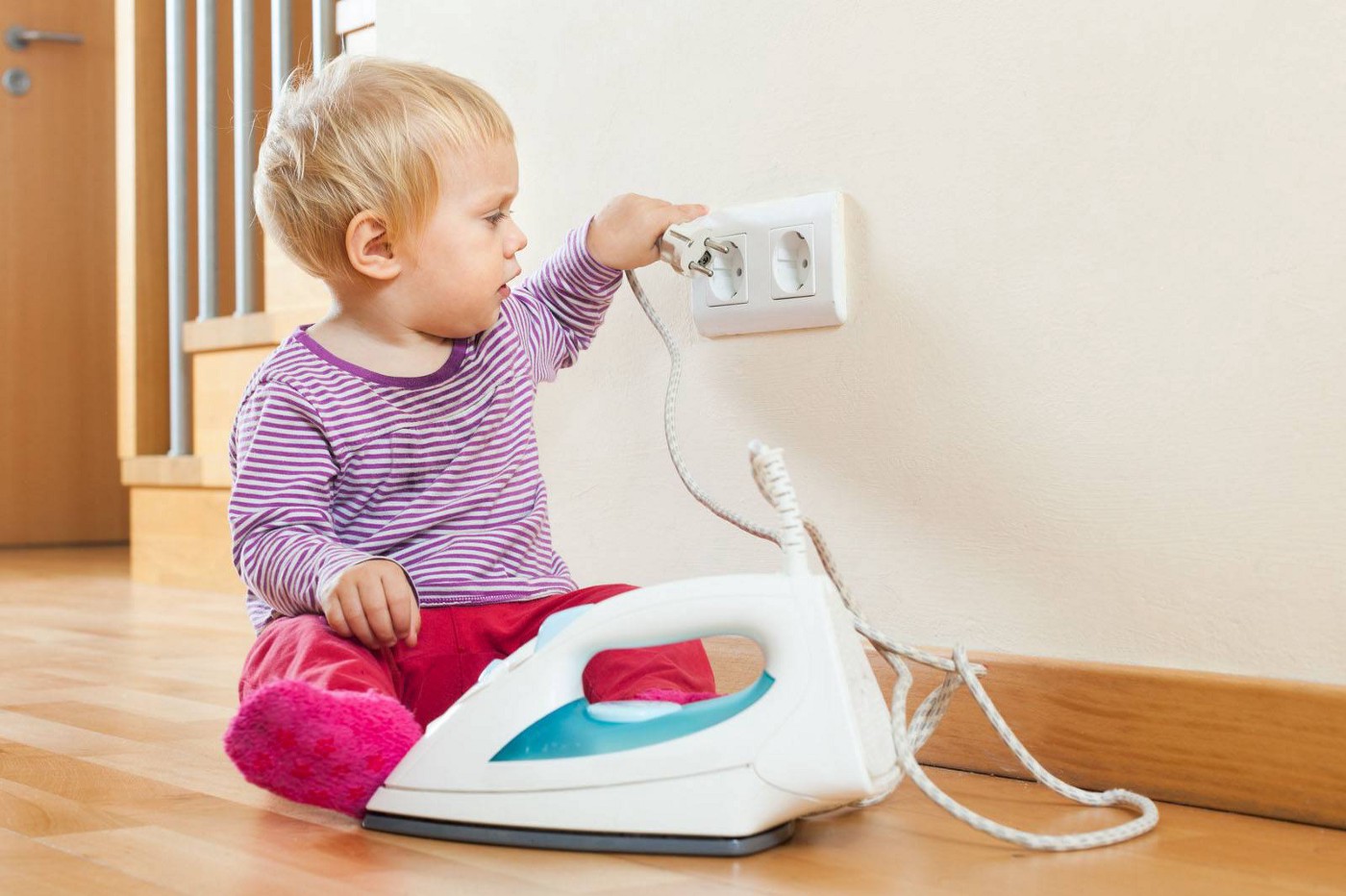Inilah Prinsip dan Cara Kerja Relay Listrik serta Aplikasinya di Kehidupan Sehari-hari

Memahami prinsip dan cara kerja relay listrik serta aplikasinya di kehidupan sehari-hari dapat memberi pengetahuan baru tentang seberapa penting mengendalikan peralatan listrik atau elektronik.
Seperti diketahui, adanya relay memungkinkan kendali jarak jauh dan melindungi peralatan dari kerusakan.
Dengan efisiensi energi dan kemudahan integrasi, relay dapat diaplikasikan secara fleksibel dari rumah tangga hingga industri berat.
Penggunaan daya rendah, ketahanan terhadap beban berat, dan kemampuan pemisahan fungsi membuat relay menjadi komponen yang krusial dalam menciptakan sistem kontrol yang andal, efisien, dan aman dalam berbagai bidang kehidupan dan teknologi.
Prinsip dan Cara Kerja Relay Listrik serta Aplikasinya di Kehidupan Sehari-hari
Untuk memahami relay lebih dalam, mari kita bahas pengertian, prinsip dan cara kerja, hingga aplikasinya di kehidupan sehari-hari berikut ini.
Apa Itu Relay?
Relay adalah komponen kritis dalam dunia elektronika yang berfungsi sebagai sakelar elektrik yang dikendalikan oleh sinyal listrik atau elektronik.
Alat ini memungkinkan pengendalian peralatan listrik dengan daya tinggi menggunakan sinyal yang memiliki daya rendah.
Relay sangat berguna saat kita ingin mengisolasi sinyal kontrol dari peralatan listrik utama, atau jika kita ingin melakukan pengendalian jarak jauh.
Baca Juga: Pencahayaan Gudang: Rekomendasi dan Panduan Pemilihan Lampu yang Tepat
Bagaimana Prinsip dan Cara Kerja Relay?
Relay bekerja berdasarkan prinsip elektromagnetik atau elektromekanik. Dua bagian utama relay adalah kumparan (coil) dan kontak.
Saat sinyal listrik diterapkan pada kumparan, medan magnet yang dihasilkan menarik atau menolak kontak mekanis, mengubah keadaan sirkuit utama. Ada dua jenis relay, yakni elektromekanis dan semikonduktor.
Dalam relay elektromekanis, kumparan elektromagnetik diaktifkan oleh sinyal listrik, menciptakan medan magnet yang mengubah posisi kontak mekanis dan mengubah status sirkuit utama.
Sementara itu, relay semikonduktor menggunakan komponen semikonduktor, seperti transistor atau TRIAC, untuk mengontrol arus listrik tanpa pergerakan mekanis. Sinyal listrik mengaktifkan komponen semikonduktor yang mengontrol sirkuit utama.
Pada dasarnya, secara singkat, cara kerja relay listrik adalah sebagai berikut.
- Sinyal listrik diberikan ke kumparan relay atau, pada relay semikonduktor, sinyal ini mengaktifkan komponen semikonduktor yang mengendalikan sirkuit utama.
- Pada relay elektromekanis, arus listrik melalui kumparan menciptakan medan magnet yang memengaruhi posisi kontak mekanis.
- Kontak relay berubah posisi sebagai respons terhadap medan magnet atau aksi komponen semikonduktor. Kontak ini bisa membuka atau menutup, mengubah status sirkuit utama.
- Status baru dari kontak relay mengendalikan perangkat listrik atau elektronik utama, memungkinkan pengendalian perangkat dengan daya tinggi menggunakan sinyal daya rendah.
Powered by Froala Editor

Aplikasi Relay Listrik dalam Kehidupan Sehari-hari
- Kontrol Lampu Rumah
Relay sering digunakan dalam sistem otomatisasi rumah untuk mengendalikan pencahayaan. Contohnya, sistem pengaturan waktu atau sensor gerak yang dapat mengaktifkan atau menonaktifkan lampu.
- Kendali Mesin Cuci
Pada mesin cuci, relay dapat digunakan untuk mengendalikan motor, klep air, atau elemen pemanas yang memungkinkan mesin cuci bekerja secara otomatis dalam berbagai siklus pencucian.
- Sistem Keamanan Rumah
Relay digunakan dalam sistem keamanan rumah untuk mengendalikan kunci pintu otomatis, pemantauan sensor pintu/jendela, atau kamera pengawas.
- Kontrol Peralatan Dapur
Pada oven, microwave, atau pemanggang, relay dapat mengendalikan elemen pemanas atau motor kipas untuk menjaga suhu atau memberikan fungsionalitas tertentu.
- Penggunaan di Mobil
Relay banyak digunakan dalam kendaraan bermotor untuk mengendalikan berbagai sistem, seperti lampu kepala, kipas radiator, atau klakson.
- Sistem Proteksi Listrik
Relay digunakan dalam sistem proteksi listrik untuk mendeteksi gangguan atau kelebihan arus dan memutus sirkuit untuk melindungi peralatan atau instalasi listrik.
- Penggunaan di Sistem Kendali Kendaraan Otomatis
Dalam teknologi mobil yang modern, relay diterapkan di sistem kendali otomatis, seperti cruise control, ABS (Anti-lock Braking System), atau sistem kendali traksi.
Tanpa disadari, keberadaan relay ternyata sangat melekat dengan kebutuhan manusia dalam banyak aktivitas yang melibatkan mesin.
Mengetahui fungsi alat ini secara mendalam bisa meningkatkan kesadaran dan pemahaman, bahwa di setiap mesin yang kita gunakan, yang meringankan beban pekerjaan sehari-hari, ada peran terkecil yang juga penting dan tidak boleh dilewatkan.
Sebagaimana relay yang terpasang di alat elektronik rumah hingga kendaraan, yang mungkin jarang disadari fungsinya, namun ternyata alat ini menghadirkan manfaat yang cukup besar bagi kemudahan manusia di bidang elektronika.
Demikian pembahasan mengenai prinsip dan cara kerja relay listrik serta aplikasinya di kehidupan sehari-hari dalam memudahkan sistem kelistrikan, baik untuk rumah maupun industri.
Powered by Froala Editor
Related News



